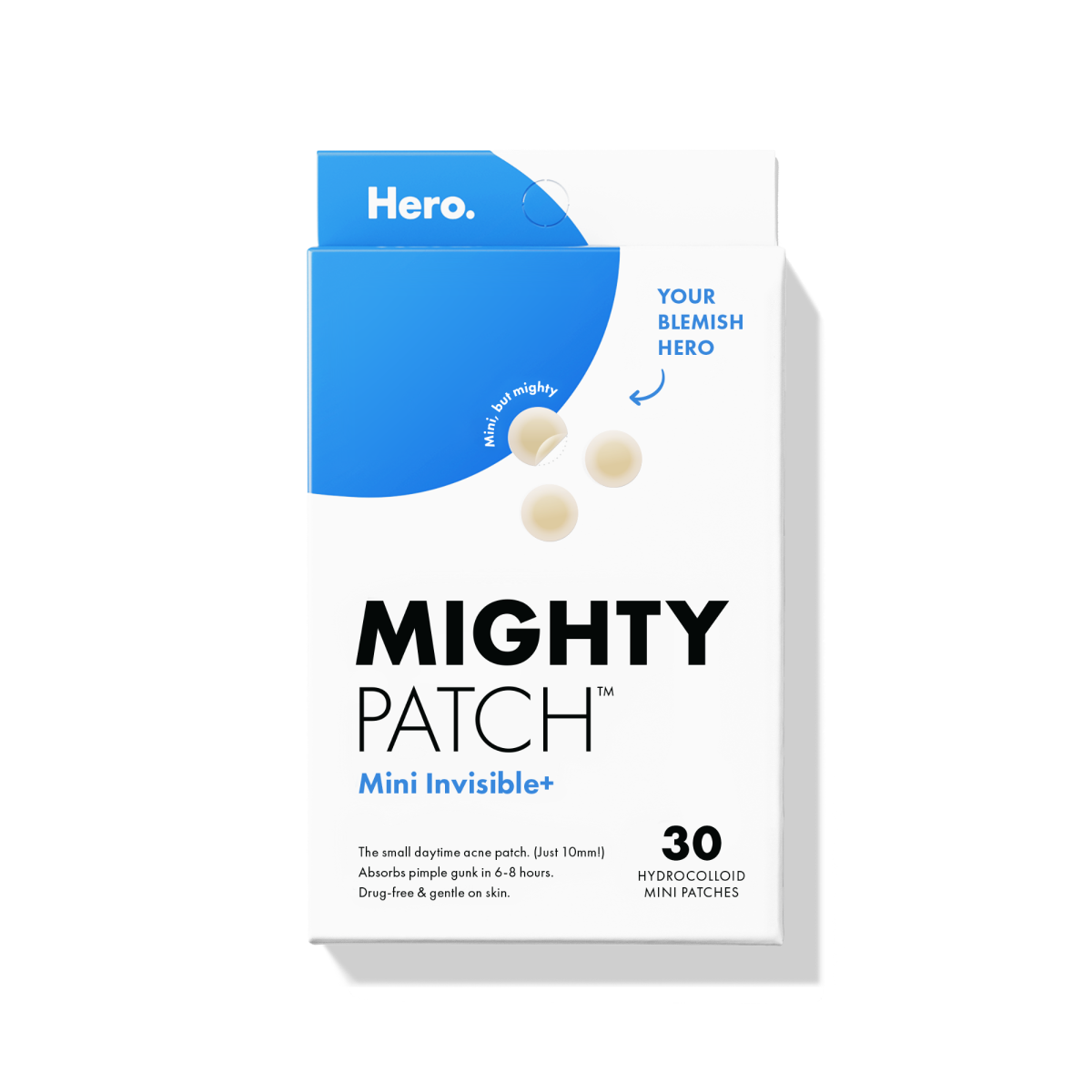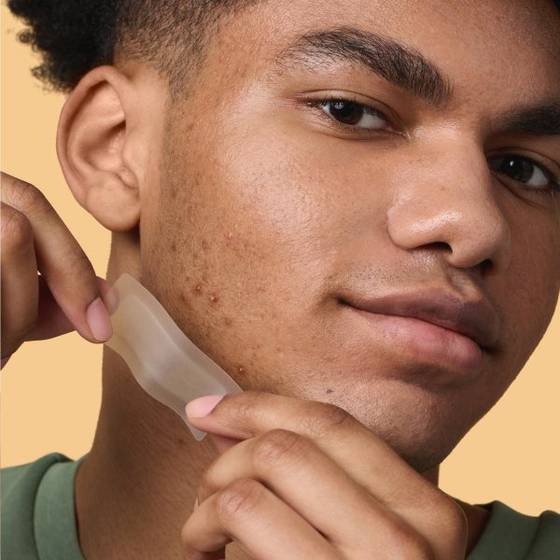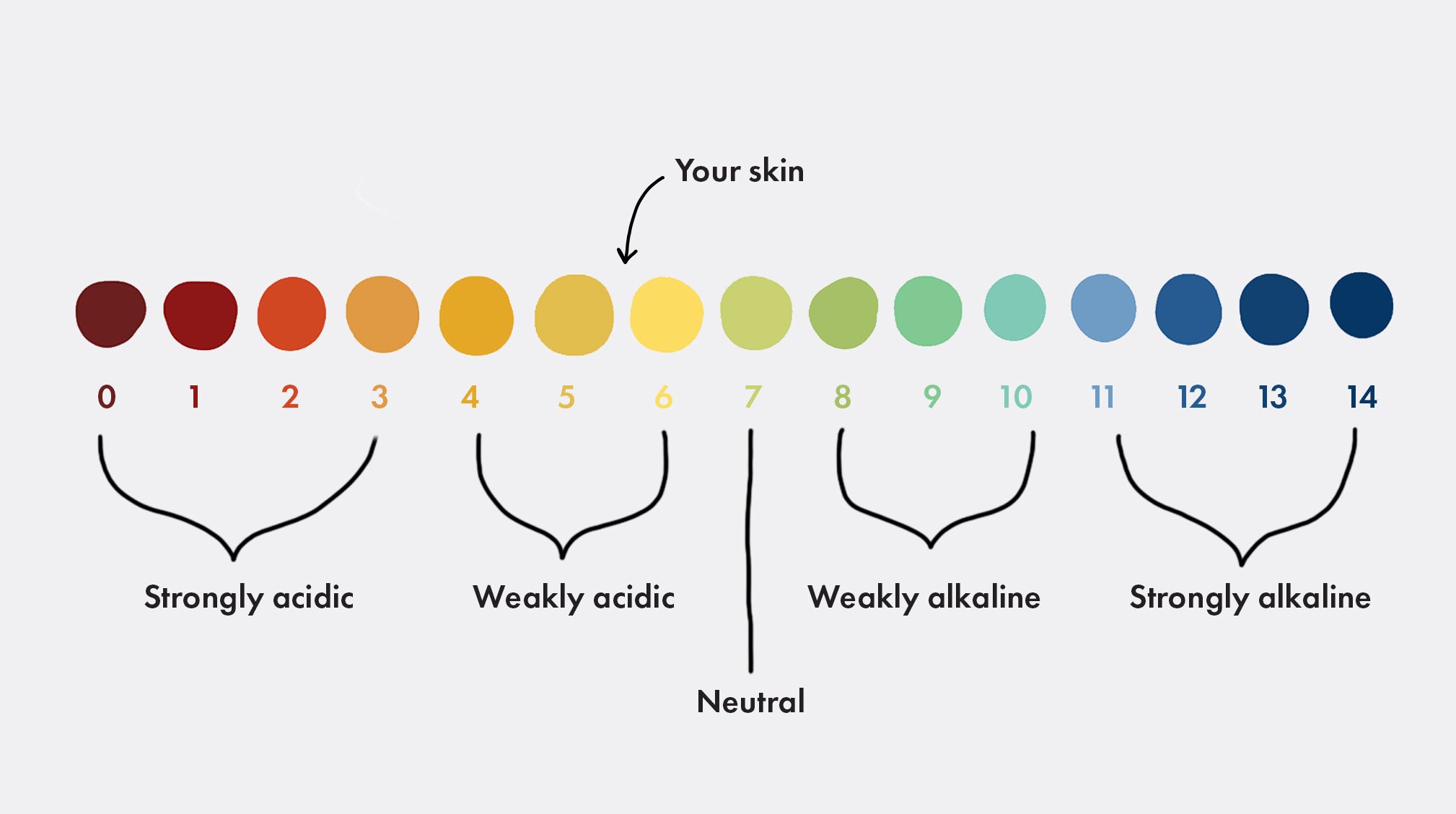
If thinking about your skin’s pH levels brings you back to high school Chemistry class, take a deep breath. There won’t be an exam and there’s no risk of you blowing anything up. Plus, it’s actually pretty simple to grasp the concepts of what pH levels are, where your skin’s pH should fall and how to keep levels balanced for your best possible skin.
Here’s your study guide.
Lesson 1: What is pH?
pH is a measure of the hydrogen ion concentration in a solution, which determines its acidity or alkalinity. On a scale of 0 to 14, anything between 0 and 6 is acidic. A solution between 8 and 14 is alkaline. If a solution measures at 7 (e.g., water), it is considered to be neutral.
Our skin has a thin, protective barrier on its surface, AKA the acid mantle. The acid mantle is made up of sebum from our sebaceous glands, mixed with lactic and amino acids from sweat. This combination creates the skin’s pH.
Healthy skin has a natural pH level that falls right around 5.5, which means your skin is ever-so-slightly acidic. When skin is balanced at this level, it’s working in its best possible conditions. This exact balance between alkaline and acidity keeps the acid mantle in tact, so it can do its important jobs of retaining moisture and blocking germs and toxins.
Lesson 2: What factors affect the skin’s pH levels?
There are numerous internal and external factors that can impact pH levels. In order to avoid skin that falls too low on the pH scale, it’s important to follow a diet that includes a variety of alkalizing foods such as leafy green vegetables, cabbage, carrots, tomatoes, citrus fruits, soybeans, cayenne pepper, garlic and apple cider vinegar. As we age, our skin produces less sebum, which can also break down the acid mantle. And clearly, everything that touches our skin (visibly or invisibly) affects its pH levels. From environmental and UV exposure to smoking and skincare products, there are many contributors to the breaking down of the acid mantle.
Lesson 3: What happens when pH levels are too high or too low?
Short answer: Your skin won’t look its best.
When pH levels aren’t in the optimal range, your skin will experience increased sensitivity, inflammation, acne and wrinkles. Skin that falls on the high end of the scale (alkaline) becomes dry and appears wrinkled. If your skin falls on the lower end of the scale (acidic), you might be prone to acne and your skin can appear red and irritated.
Lesson 4: Ways to keep the skin’s pH levels in check
In addition to maintaining a healthy diet of alkalizing foods and limiting negative environmental factors, you can help control your skin’s pH levels and protect the acid mantle by choosing skincare products that will help keep your skin in the healthy range of 4-5.5.
For years, Korean skincare brands have been formulating products with low pH levels (some even list the levels on their packaging) to help customers build a skincare routine that supports the ideal balance. Luckily, American brands are beginning to follow suit with pH balancing cleansers, toners and serums.
To keep an ideal balance, look for skincare products with a pH of 5.5 or try to stick within a 4.5-7 range. If you don’t know the pH level of a product or want to get in touch with your inner chemistry nerd, you can actually pH-test products yourself with these litmus paper strips on Amazon for under $6.

Cleansers
If you are only going to make one product swap in an effort to balance your pH, make it your cleanser. Washing your face shouldn’t involve tons of bubbles or a “squeaky clean” feeling, and if it does, you are probably using a cleanser with a pH of 9+ (which is obviously not good).
Avoid harsh cleansers with an alkaline pH and opt for neutral or slightly acidic ones. Choosing cleansers with alpha or beta hydroxy acids can also help eliminate bacteria and reduce breakouts.
RELATED READ: Could You Be Washing Your Face The Wrong Way?
Micellar water
If you live in an area with hard tap water or have especially sensitive skin, you may want to swap in micellar water during your cleansing routine. Hard water has a high mineral composition, often containing iron, copper, zinc and nickel, which can break down the acid mantle and lead to irritation and inflammation.
Extra credit
With your handy pH testing strips, you can ensure that everything you put on your skin - serum, moisturizer, makeup and sunscreen - is pH balanced. But enough of the studying. Time to get your pH balance in check!
Have you tried any low-pH skincare products? Let us know your faves in the comments!
[[product-ad]]
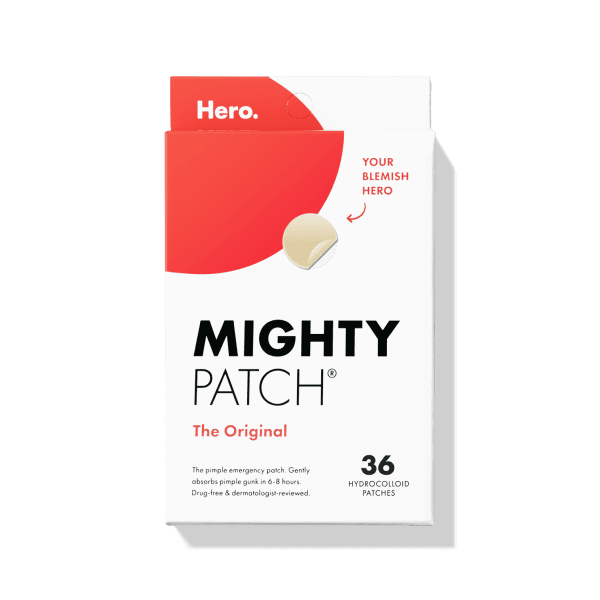
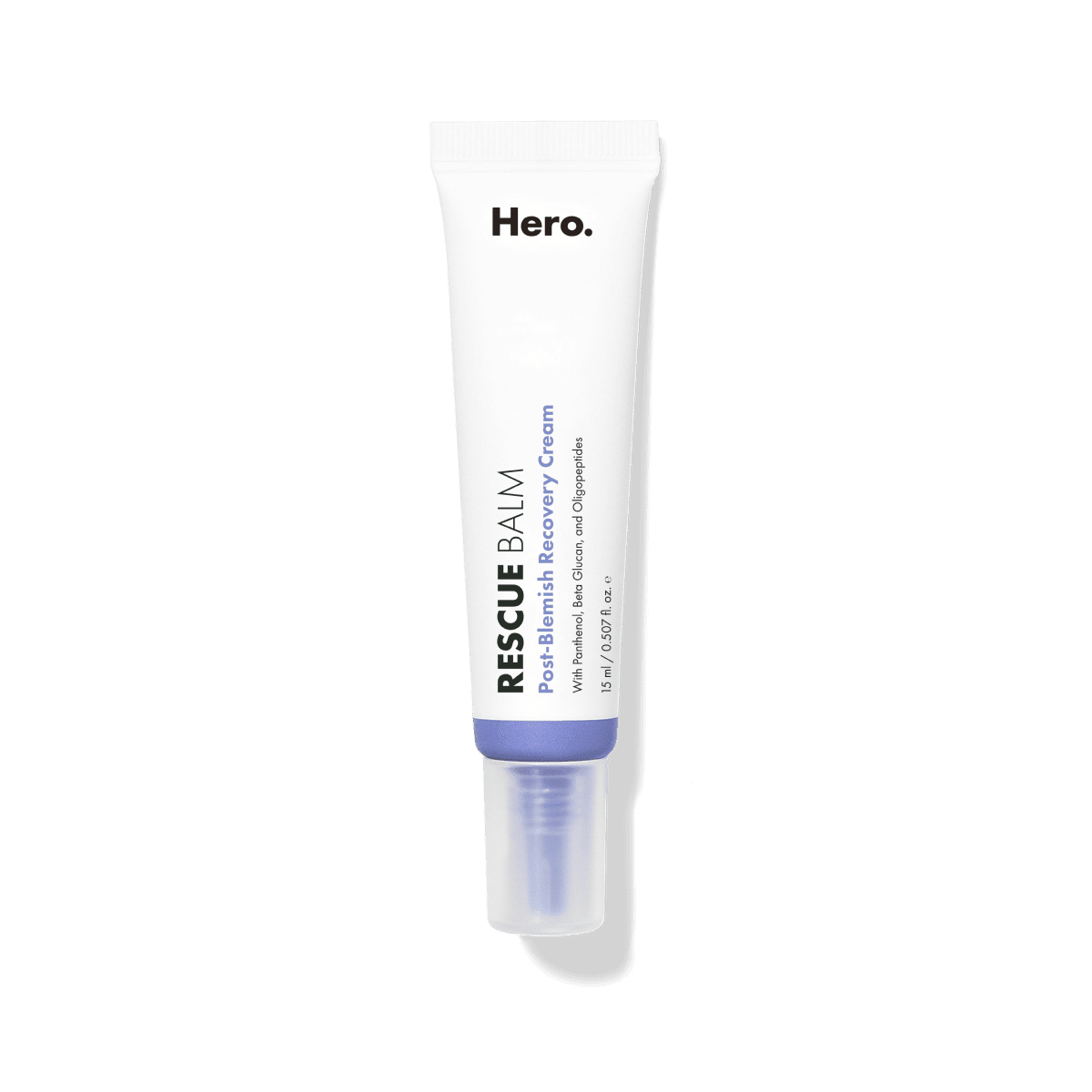
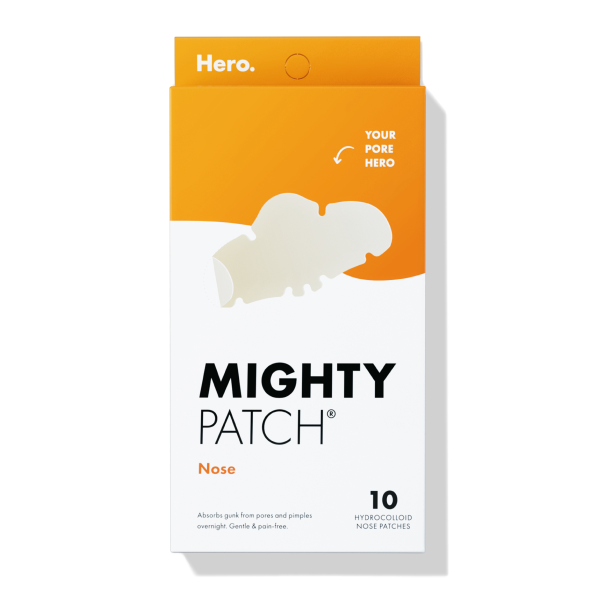
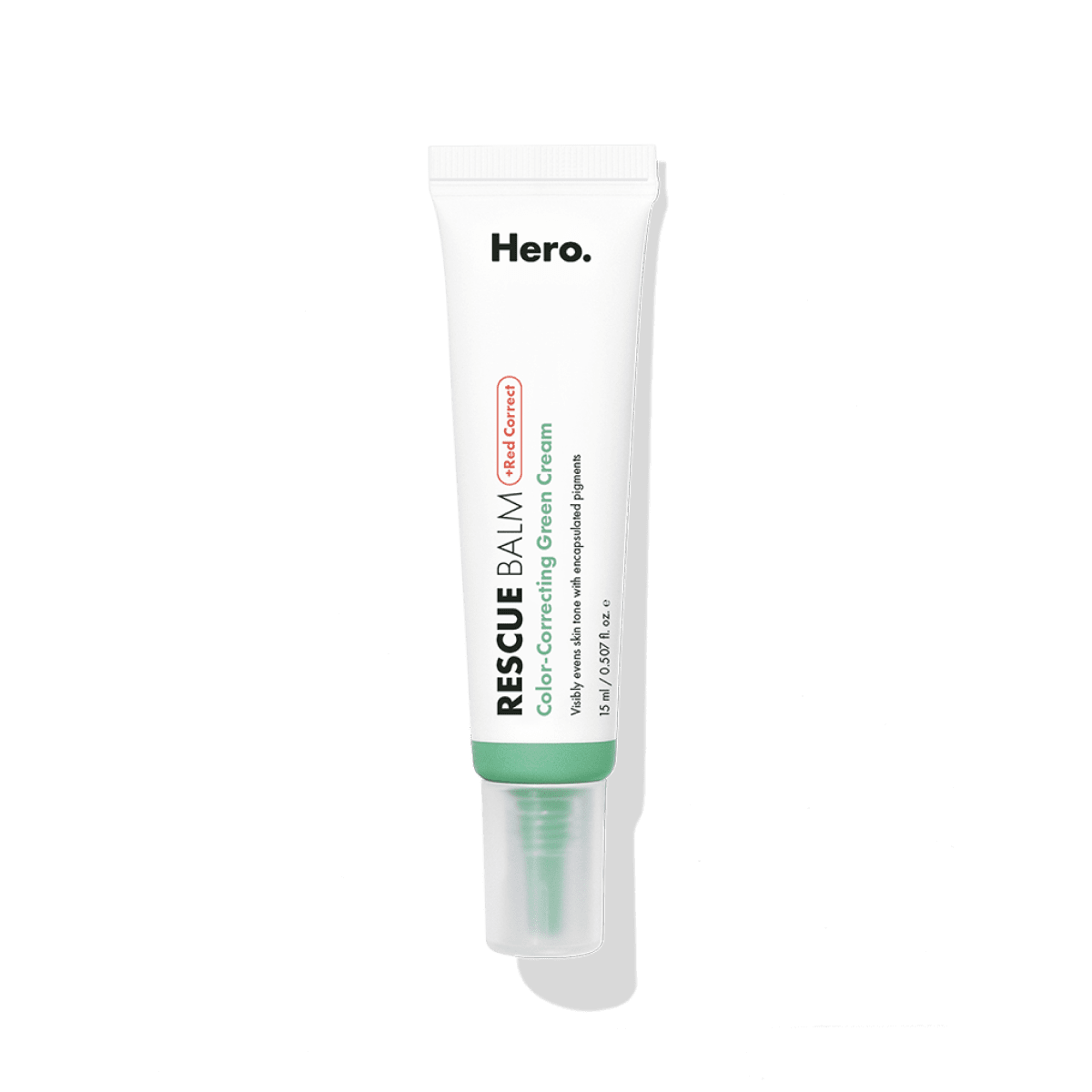
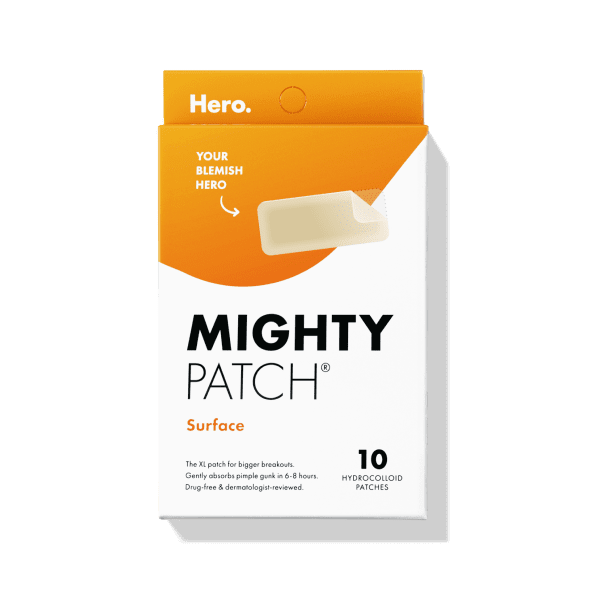
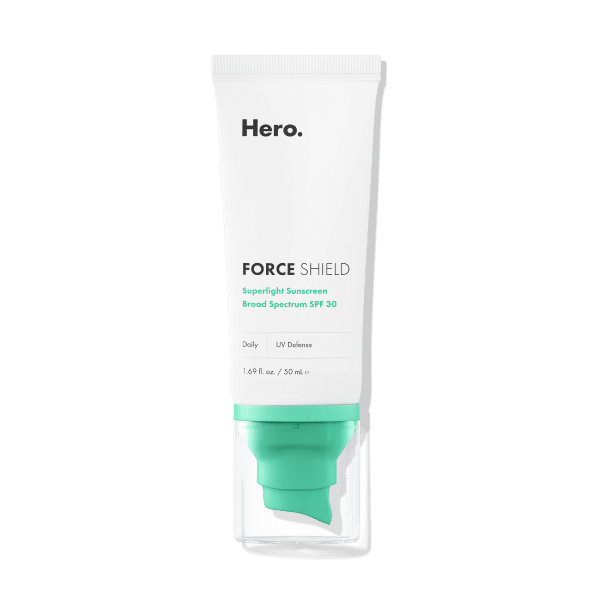
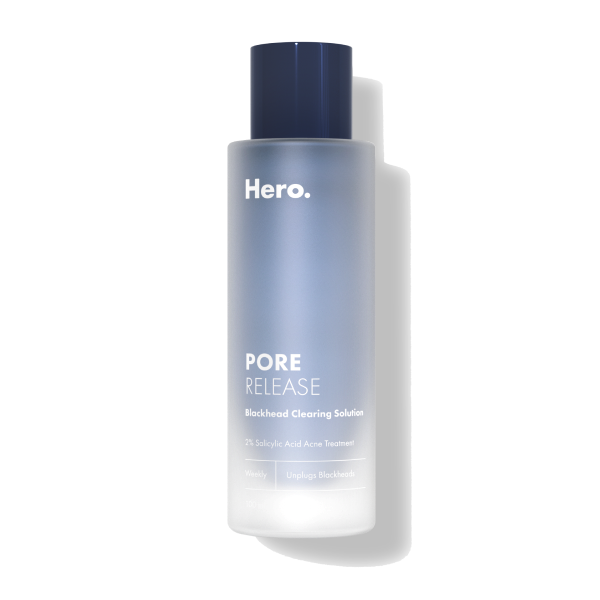

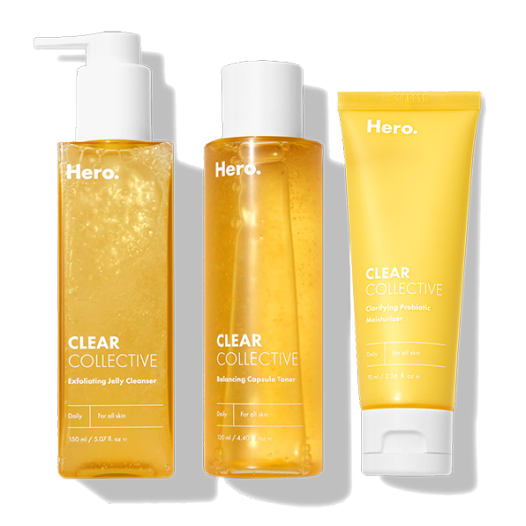
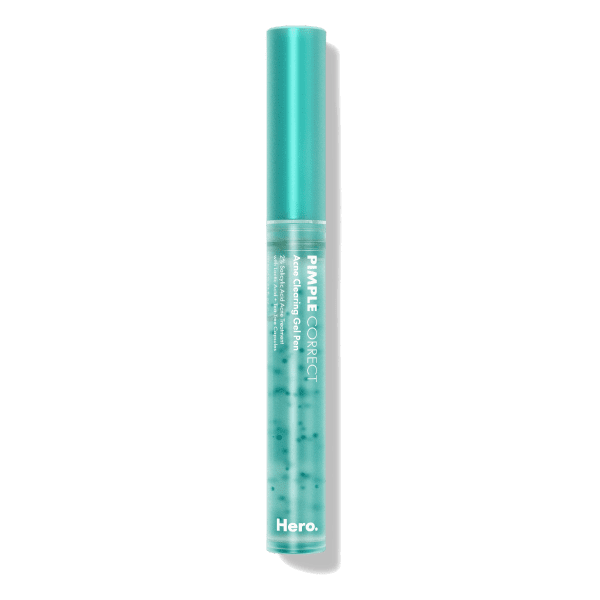
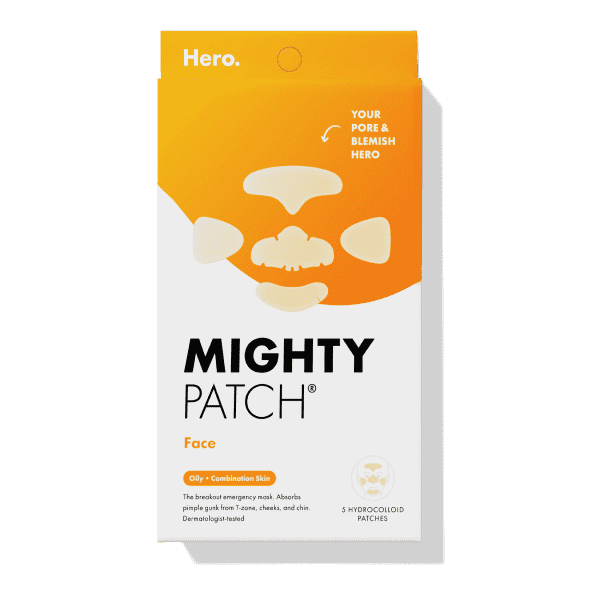
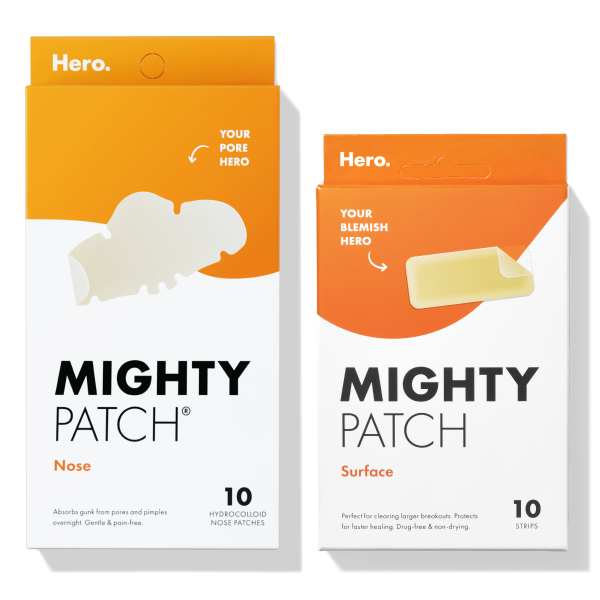
.png?v=1663017252122)
